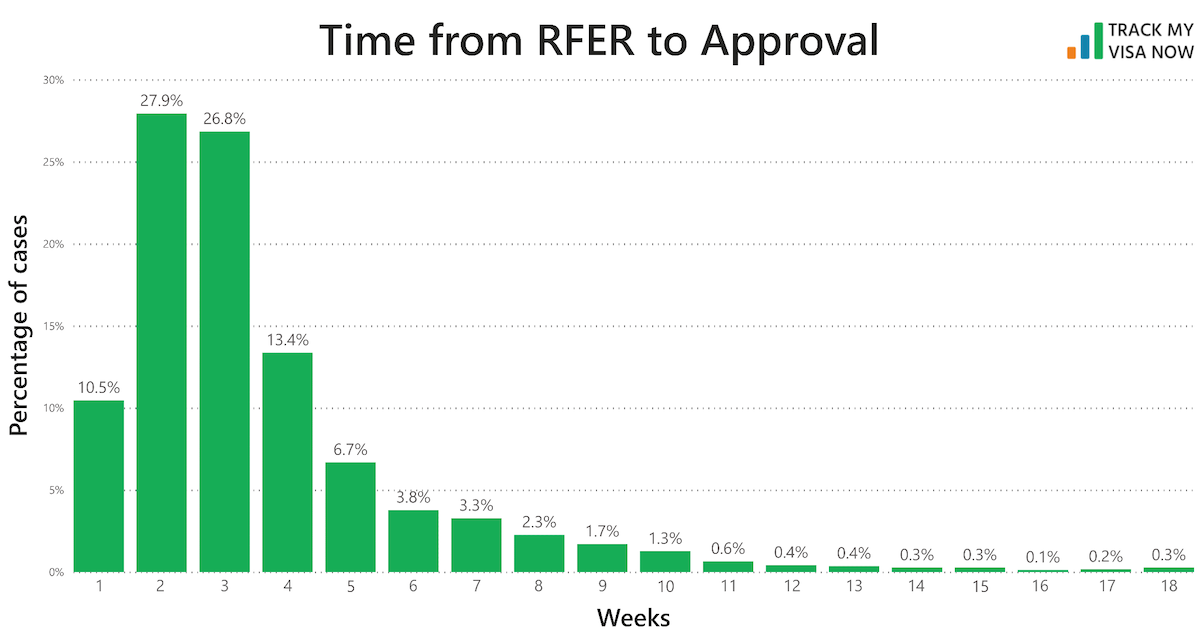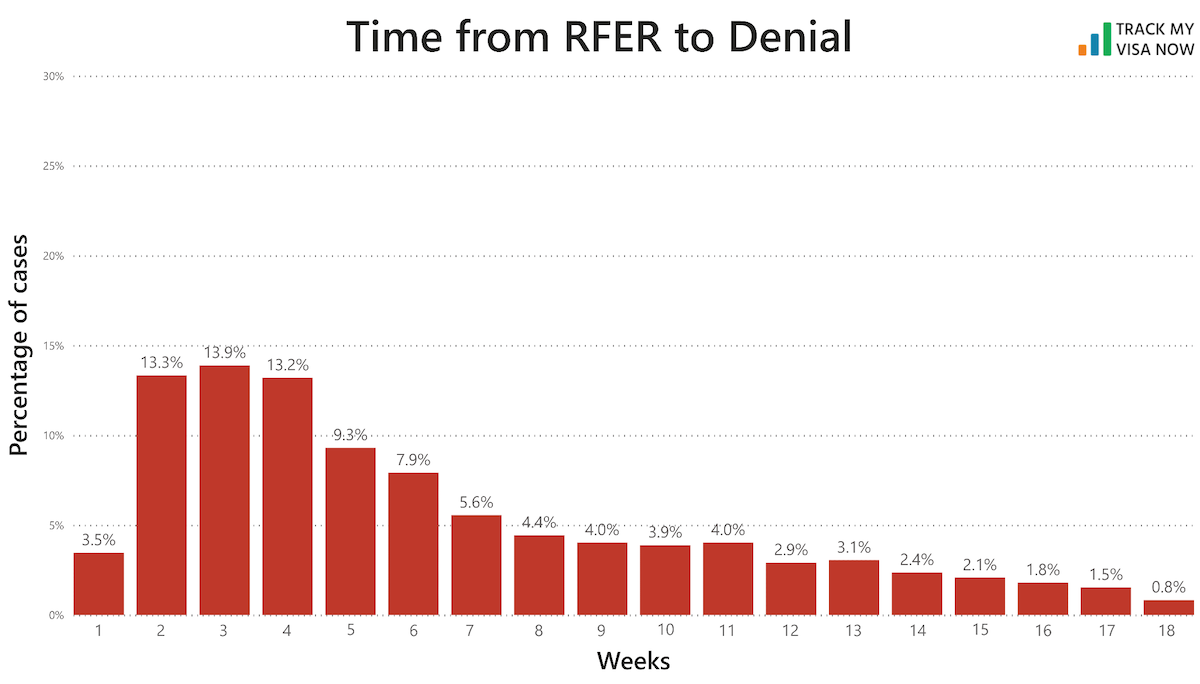How Much Delay Can I Expect From an I-129F Request for Evidence (RFE)?

RFE
RFER
Introduction
Our previous blog "How Many I-129F Requests for Evidence (RFEs) Turn Into Denials?" covered the negative impact of RFEs on approval rates. However, even before reaching that step, many applicants are concerned about the potential delay caused by an RFE. After months of waiting to hear back from USCIS, realizing you have more wait time ahead of you is frustrating, especially when you do not know how long to expect.
This blog post will take a look at the RFE cycle, from the moment you receive the RFE to the final outcome, and help you determine how long of a wait this additional step will add to the process.
From RFE to RFER
After USCIS changes a case status to RFE, the applicant must wait to receive the RFE specifics by mail, prepare their response, and mail it back to USCIS. Then USCIS must acknowledge the receipt. Only then does the case status change to Request for Evidence Received (RFER). But how long does that all take?
Obviously, the answer varies widely based on each case's unique complexities and requirements. However, the applicant’s speed of response is the decisive factor in the overall length of the process. USCIS will specify a deadline for receipt of the corrected/completed material, and they are serious about this deadline, but the sooner you act, the sooner you will get an acknowledgment of receipt and eventually a response.
Most applications move from RFE to RFER status within a few weeks, which means that the RFE stage mostly doesn’t impose significant delays on the overall application process. In fact, the fastest RFE to RFER status change we have seen so far was just as short as 7 days!
From RFER to Decision
The good news is that almost 80% of approvals occur within 4 weeks of the RFER status change. Most RFER approvals happen in the second or third week. By the 10th week, 97.7% of approvals that will be granted have been granted.

Similar to approvals, denials mostly occur within the first month of the RFER status change. However, denials are likely to take more time than approvals: only 80% of denials occur within 10 weeks of the RFER status change.

Either way, within 10 weeks of an RFER, the vast majority of cases will have received an approval or a denial.
Final Verdict
If you received an RFE, you can expect an overall delay for your application of 1 to 3 months. However, this time varies significantly on how quickly you are able to mail in your response to USCIS.
Our data indicates that the most common wait time from RFE to approval is 5 to 6 weeks.
If you receive an RFE - fear not! If you respond promptly, the additional process will not significantly delay your approval. Of course, be sure to take as much time as you need to include all evidence USCIS has requested.
— Nika, Track My Visa Now